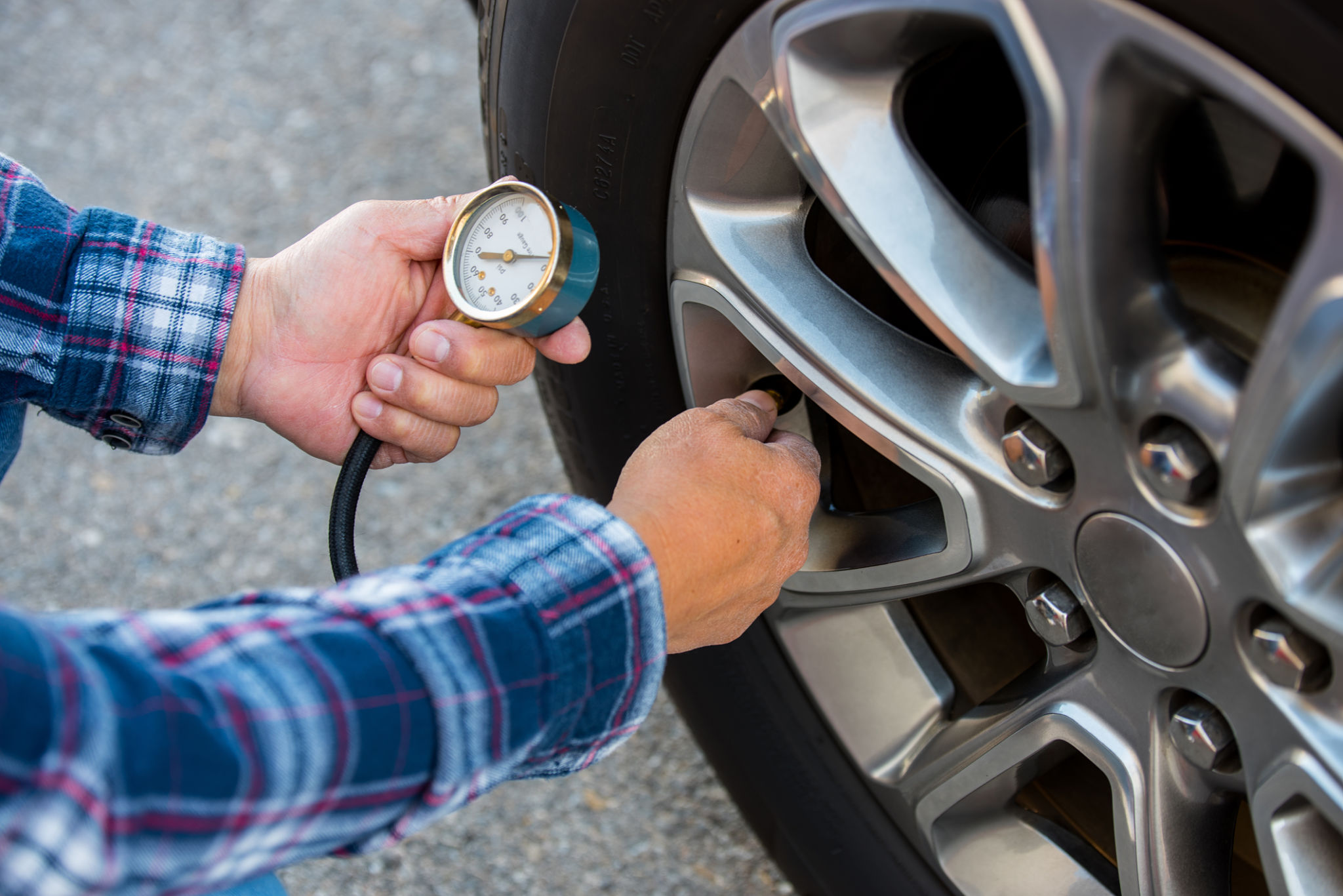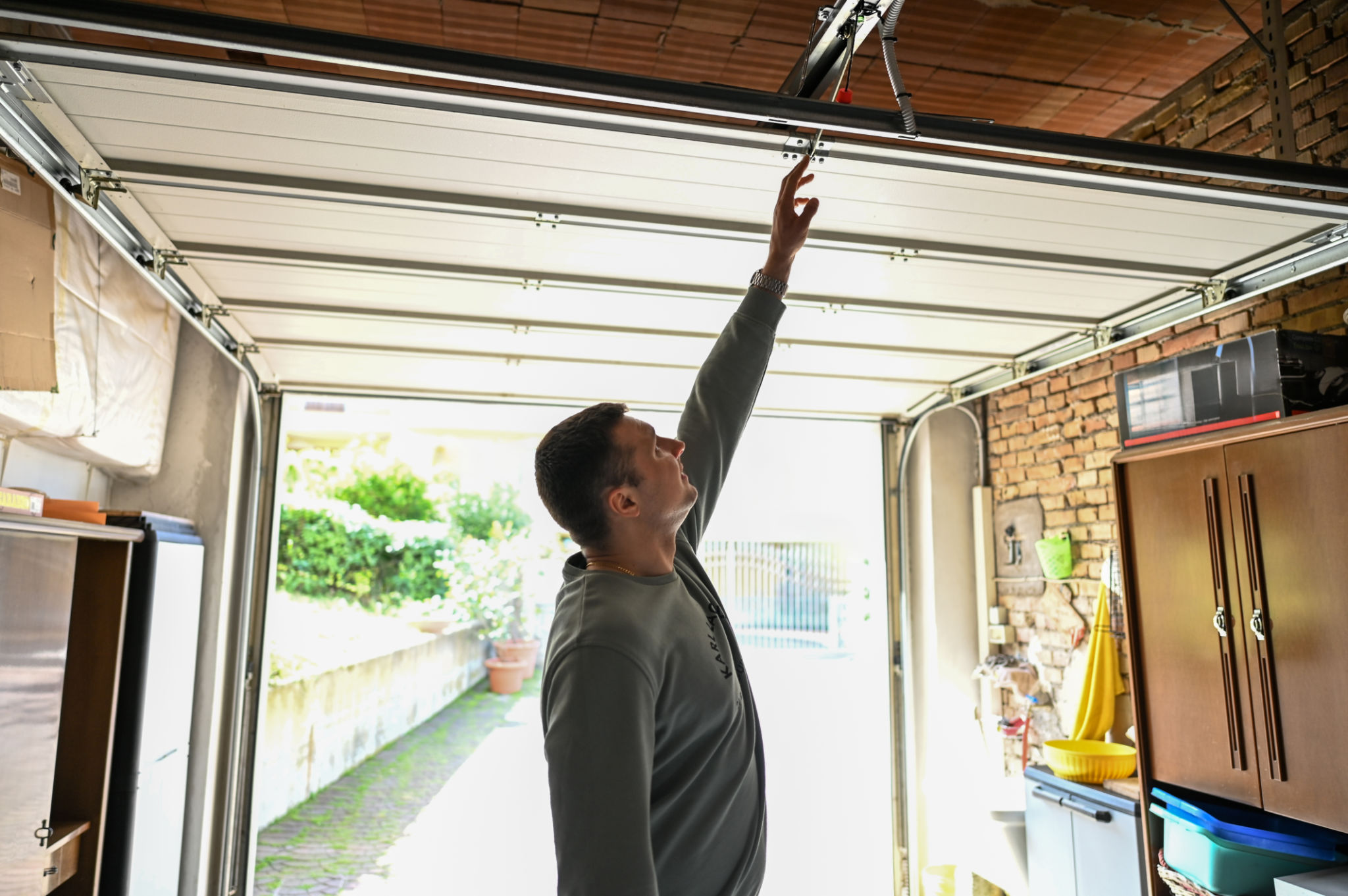DIY Car Maintenance Tips: Keeping Your Vehicle in Top Shape
Regular Oil Changes
One of the most important aspects of DIY car maintenance is ensuring regular oil changes. Oil is the lifeblood of your vehicle's engine, and keeping it fresh can significantly extend the life of your car. Most vehicles require an oil change every 3,000 to 5,000 miles, but it's essential to consult your owner's manual for specific guidelines.
Performing an oil change at home is straightforward. Make sure you have the right type and amount of oil, a new oil filter, and the necessary tools. Always ensure your car is on a flat surface and the engine is cool before starting the process.

Check and Replace Air Filters
Air filters play a crucial role in maintaining your car's performance by ensuring that the engine receives clean air. A clogged air filter can reduce fuel efficiency and horsepower. It's recommended to check your air filter every 12,000 to 15,000 miles.
Replacing an air filter is a simple task that can be done in minutes. Locate the air filter box under the hood, remove the old filter, and insert a new one. Make sure it fits snugly to prevent any unfiltered air from entering the engine.

Inspect Tires Regularly
Tire maintenance is critical for safety and fuel efficiency. Regularly inspect your tires for wear and tear, and ensure they are inflated to the recommended pressure. Properly inflated tires can improve gas mileage and provide better handling.
To check tire tread, use the penny test: insert a penny into the tread with Lincoln's head upside down. If you can see all of Lincoln's head, it's time to replace the tires. Additionally, consider rotating your tires every 6,000 to 8,000 miles to ensure even wear.

Maintain Battery Health
Your vehicle's battery is crucial for starting the engine and powering electrical components. Regularly check the battery terminals for corrosion and clean them if necessary. A simple mixture of baking soda and water can be used to scrub away any buildup.
If your battery is over three years old, consider having it tested to ensure it's holding a charge effectively. Keeping jumper cables in your car is also a wise precaution in case of an unexpected dead battery.

Replace Wiper Blades
Clear visibility is vital for safe driving, especially during inclement weather. Wiper blades should be replaced every six months to a year, depending on wear. Signs that you need new wipers include streaking, squeaking, or skipping.
Replacing wiper blades is a quick DIY task. Simply lift the wiper arm away from the windshield, press the small tab on the underside of the wiper blade, and slide it off. Then, attach the new blade by sliding it onto the arm until it clicks securely.

Keep an Eye on Fluid Levels
A car relies on several fluids to function properly, including coolant, brake fluid, transmission fluid, and power steering fluid. Regularly check these fluid levels and top them off as needed. Low fluid levels can lead to significant damage if not addressed promptly.
To check fluid levels, consult your owner's manual for the location of each reservoir. Make sure your vehicle is on a level surface and that the engine is cool when checking fluids.
Conclusion
By following these DIY car maintenance tips, you can keep your vehicle running smoothly and safely. Regular maintenance not only extends the life of your car but also saves you money on costly repairs in the long run. Remember that when in doubt, consulting with a professional mechanic is always a good idea.
